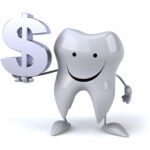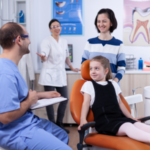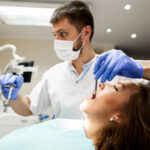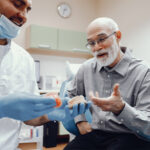Dental Blog

Introduction: Welcome to MK&C Dental, your trusted partner in achieving optimal oral health. In this comprehensive guide, we aim to assist you in finding the best dentist in Ohio to meet your unique dental care needs. Your journey towards excellent oral health starts here, as we explore key factors, services offered, and how to build Read more…

Introduction: Welcome to MK&C Dental, your trusted partner in achieving optimal oral health. In this comprehensive guide, we are committed to providing you with essential knowledge and practices to maintain a healthy and radiant smile. Your smile reflects your overall well-being, and we’re here to guide you on the journey to excellent oral health. Oral Read more…

Introduction: In the heart of every vibrant smile lies the essence of good oral health – a simple yet crucial ritual known as teeth cleaning. But, as we embark on the quest for a sparkling set of pearly whites, a common question echoes in the minds of many: What is the cost of teeth cleaning Read more…

Introduction: A captivating smile is often the result of bright, radiant teeth. Teeth whitening, a prominent facet of cosmetic dentistry, serves as the gateway to a confident luminous smile that makes enduring impressions. Understanding Teeth Whitening: Teeth whitening, also known as teeth bleaching is a cosmetic dental procedure aimed at lightening teeth shade, reducing stains Read more…

Introduction: At MK&C Dental, we uphold the ethos that exceptional oral health is a cornerstone of overall well-being. Our practice in general dentistry in Marion, Ohio, revolves around preventive care, addressing diverse dental needs, and fostering enduring oral wellness. Understanding General Dentistry: General dentistry encompasses a wide range of Dental services aimed at safeguarding oral health comprehensively. From Read more…

Introduction: In a world where smiles transcend barriers and speak volumes, the significance of a confident, radiant smile cannot be overstated. At MK&C Dental in Ohio, we stand as torchbearers in the realm of cosmetic dentistry, advocating for smiles that reflect not just beauty but inner confidence and vitality. Understanding the Essence of Cosmetic Dentistry: Read more…

Introduction: Maintaining optimal oral health for the entire family is a cornerstone of overall wellness. Family Dentistry in MKC, OH plays a pivotal role in ensuring smiles that radiate health, confidence, and happiness. In MKC, OH, our dedicated family dental practice, MK & C Dental Group , is committed to providing comprehensive oral care for Read more…

Introduction Maintaining good oral health is a priority for residents of Ohio. At MK&C Dental, we believe that prevention is the foundation of a healthy smile. In this article, we’ll explore the importance of preventive dentistry in Ohio, and how our dental office offers a localized approach to help you achieve and maintain optimal oral Read more…

At MK&C Dental, in Ohio, we understand that dental emergencies can happen at the most unexpected times. Sudden toothaches, broken teeth, or injuries to the mouth can be distressing, and knowing how to respond promptly and effectively is crucial. In this blog post, we’ll provide you with essential information on how our emergency dentist office Read more…

Introduction Orthodontic treatments have long been associated with adolescence, but the truth is, that they offer numerous benefits for adults as well. In recent years, an increasing number of adults are seeking orthodontic interventions to improve their oral health, appearance, and overall quality of life. In this comprehensive guide, we will explore the advantages of orthodontic Read more…


 Review Us
Review Us Review Us
Review Us